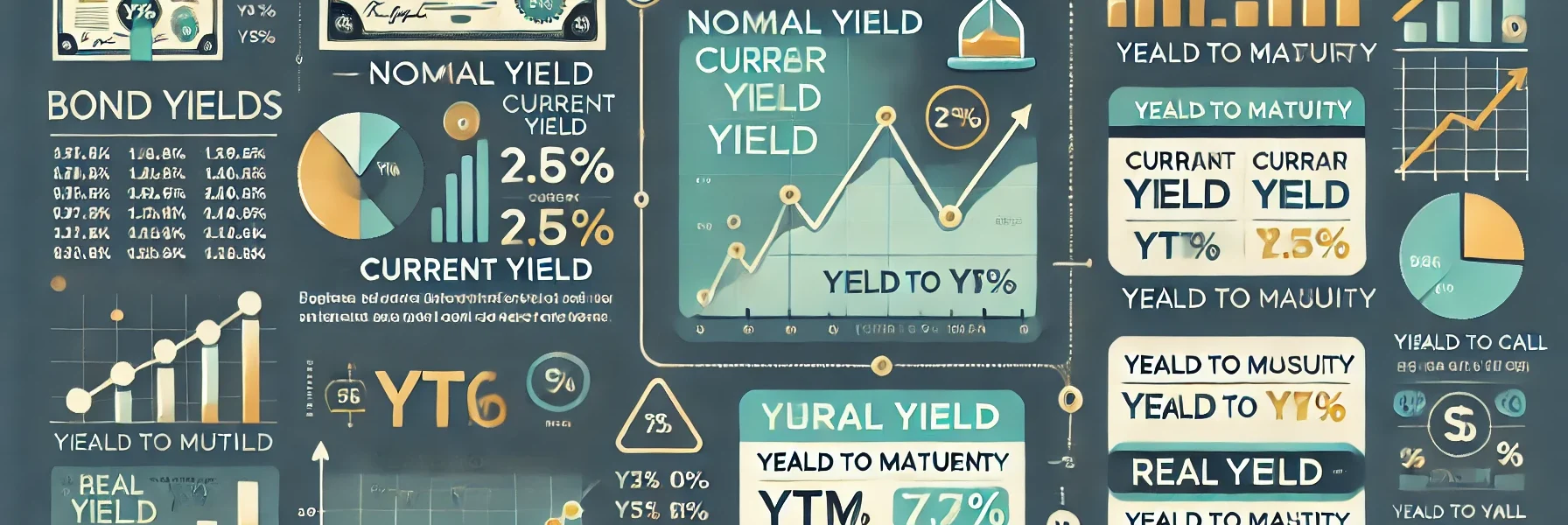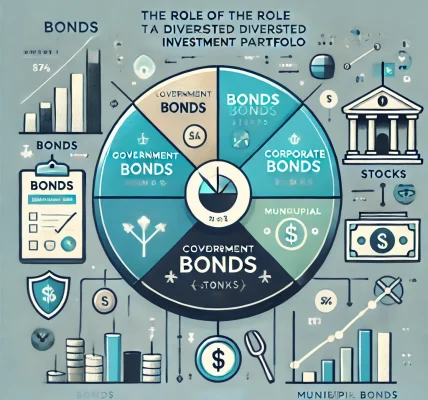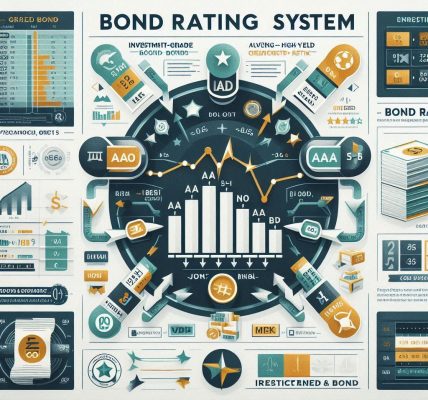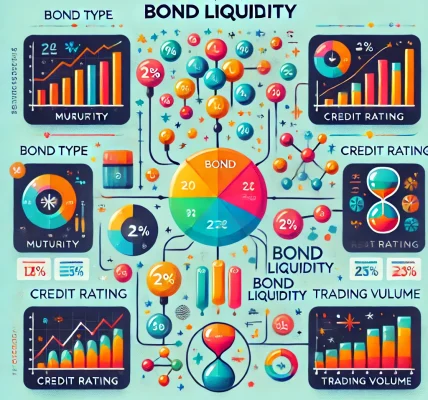Bond investments are a cornerstone of a balanced portfolio, offering a relatively stable source of income while preserving capital. One of the most crucial metrics for evaluating bond performance is bond yield. Understanding bond yield is essential for making informed investment decisions and optimizing returns.
In this article, we will explore what bond yield is, the different types of bond yields, how to calculate them, and how they impact your overall returns.
What Is Bond Yield?
Bond yield represents the return an investor earns from holding a bond. It is typically expressed as a percentage and reflects the bond’s income-generating potential relative to its price. Bond yields fluctuate based on interest rates, market conditions, and the bond’s maturity period.
In simple terms, bond yield answers the question: “How much will I earn from this bond?”
Types of Bond Yields
Understanding the various types of bond yields is critical because each provides a different perspective on a bond’s profitability and risk.
1. Nominal Yield (Coupon Yield)
Nominal yield is the simplest form of bond yield, calculated based on the bond’s annual coupon payment relative to its face value.
Formula:
Example:
A bond with a face value of $1,000 and an annual coupon payment of $50 has a nominal yield of:
Note: Nominal yield does not account for changes in bond price or market conditions.
2. Current Yield
Current yield measures the return based on the bond’s current market price rather than its face value. This metric is useful for investors who purchase bonds at a discount or premium.
Formula:
Example:
If the same $1,000 bond trades at $900, the current yield is:
3. Yield to Maturity (YTM)
Yield to Maturity reflects the total expected return if the bond is held until maturity. It considers coupon payments, the purchase price, and any capital gains or losses.
YTM Calculation:
The YTM calculation involves solving for the discount rate that equates the present value of future cash flows to the bond’s current market price. While the formula is complex, financial calculators or spreadsheet software (e.g., Excel) can simplify the process.
YTM is a key metric for comparing bonds with different maturities and coupon structures.
4. Yield to Call (YTC)
Certain bonds, known as callable bonds, allow issuers to repay the principal before maturity. YTC calculates the yield assuming the bond is called on the earliest possible date.
YTC is important for investors in callable bonds because these bonds may be redeemed when interest rates decline.
5. Real Yield
Real yield adjusts the nominal yield for inflation, providing a clearer picture of an investor’s purchasing power.
Formula:
For instance, if the nominal yield is 6% and the inflation rate is 2%, the real yield is:
How to Calculate Bond Yield: Step-by-Step Example
Let’s walk through a step-by-step example to calculate bond yield:
- Bond Details:
- Face Value: $1,000
- Market Price: $950
- Annual Coupon Payment: $60
- Years to Maturity: 5
- Nominal Yield:
- Current Yield:
- Yield to Maturity (Approximation Method):
Use a financial calculator or Excel’s YIELD function to determine the YTM. In this case, the YTM would be approximately 6.85%.
Factors Affecting Bond Yield
- Interest Rates: When market interest rates rise, bond prices fall, increasing the bond’s yield.
- Credit Quality: Lower-rated bonds typically offer higher yields to compensate for increased risk.
- Time to Maturity: Longer-term bonds generally have higher yields due to the increased uncertainty over time.
- Inflation: Higher inflation reduces real yields and purchasing power.
Impact of Bond Yield on Investment Returns
- Income Generation: Higher yields mean greater interest payments, enhancing income.
- Capital Gains/Losses: If interest rates fall, existing bonds with higher yields may appreciate in value.
- Risk Management: Understanding different yield measures helps investors balance risk and return effectively.
Comparing Bond Yields vs. Other Investments
| Metric | Bond Yields | Stock Dividends | Bank Savings |
|---|---|---|---|
| Stability | High (especially government) | Moderate (subject to market) | Very High |
| Return Potential | Fixed but predictable | Higher, but volatile | Low |
| Risk Level | Low to Moderate | High (market risk) | Minimal |
When Should You Invest in Bonds?
- Rising Market Uncertainty: Bonds offer a safe haven during economic downturns.
- Retirement Planning: Provide steady income for retirees.
- Portfolio Diversification: Reduce volatility when paired with equities.
Final Thoughts
Understanding bond yields is essential for any investor seeking to build a balanced portfolio. By comprehending the different types of yields and their calculations, you can make informed decisions to maximize returns while managing risks.
Always consider your investment goals, risk tolerance, and market conditions when evaluating bond yields. For personalized guidance, consult with a financial professional to align your bond investments with your broader financial strategy.




